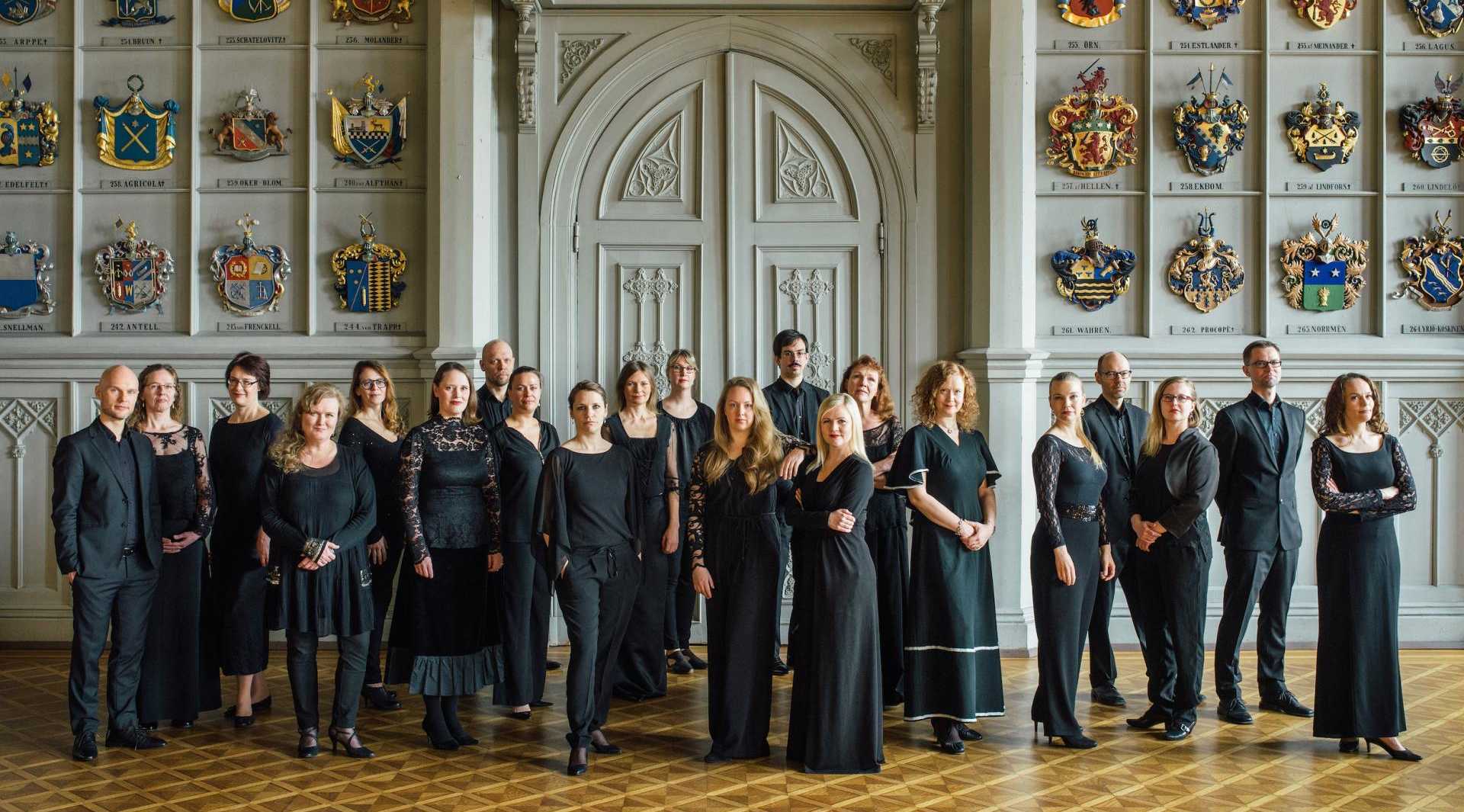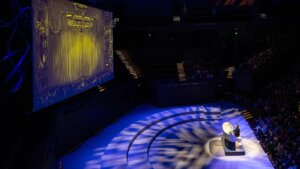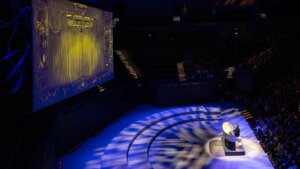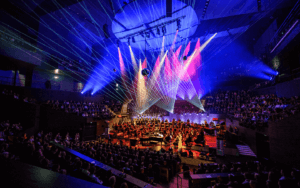
Estimated duration
1 h 30 min., incl. intermission
Organizer
Suomalaisen barokkiorkesterin kannatusyhdistys ry
The Lost Treasure of Crusell
Weber–Crusell–Mozart
Tommi Hyytinen, horn
Finnish Baroque Orchestra
Janne Nisonen, conductor
When the horn player Tommi Hyytinen asked his wife Johanna Eränkö Hyytinen – a composer and musicologist – for help with finding information about Bernhard Crusell’s horn concerto, he couldn’t have imagined what his question would eventually lead to. Finding new and interesting information was quick, and at the same time Eränkö Hyytinen noticed that her previous idea for a doctoral thesis gave way for the Crusell research. A part of the still unpublished research has been to make a reconstruction of the horn concerto, giving it the shape it had when it was last performed about 200 years ago.
Of the original material of Bernhard Crusell’s (1775–1838) horn concerto, only the solo part is still intact, and even that only partly in the third movement Rondo. The movements Allegro and Romance cantabile have also been preserved as arrangements for horn and wind instrument by Franz Preumayr (1782–1853). Preumayr was a good friend of Crusell’s, his colleague in the royal orchestra as well as his son-in-law.
Crusell’s concerto for horn and orchestra F major was premiered in April 1810 in Stockholm with Johann Michael Hirschfeld (1776–1841) as the soloist. He performed the concerto several times during the following years. The latest research also show that there were other contemporary soloists, among them Gottfried Schunke (1777–1861) who performed the concerto in Stuttgart in 1823 as the soloist of the local court orchestra.
Wolfgang Amadeus Mozart’s Symphony No 41 in C major is generally known as “Jupiter”. The work is thought of as the apex of Mozart’s symphonic expression, and it is the longest of Mozart’s symphonies. During the summer 1788 he composed three symphonies, of which the one in C major was the last.
It is likely that the contemporary publisher who coined the work’s name associated it with the supreme of the Roman gods, Jupiter Lucetius, ie. the bringer of light. You can also hear echoes of the Pythagoreans musica universalis in the fugue-like textures of the finale of the symphony, constructed with mathematical precision. “Jupiter” is filled with brightness and light, and a music of great joy and beauty grows out of it’s seemingly simple motifs.
The concert begins with Carl Maria von Weber’s 2nd symphony, which also is in C major. Weber wrote his only symphonies when he was only twenty years old, and they were both composed during 1807.
Tickets to Musiikkitalo concerts and other events are available to purchase on our website, by telephone and at our physical box office.
Book tickets for 10–20 or more people is by contacting group sales service by email at ryhmat@musiikkitalo.fi or by telephone on 0600 411 101 (Monday to Friday, 9:00–15:00).
How about a cup of coffee, a bite to eat or a glass of bubbly during the interval? Order your drinks in advance to beat the queues and make the most of your concert visit. Interval refreshments are not available at all concerts.
Our location could not be more central or easier to get to. Almost all forms of Helsinki public transport stop right outside our doors, cycle parking is provided at all our entrances, and Aimo Park Finlandia, our nearest multi-storey car park, offers lift access directly to our main foyer.
At Helsinki Music Centre we are proud to be an accessible and welcoming place for everyone. Tactile handrails and signage have been fitted across the building, and there are tactile indicator strips on the floor too to guide partially sighted and blind visitors. Induction loops are always available, and guide or companion dogs are of course permitted within the building.
Concert Hall
The route to your seat is always printed on your ticket. Check the door number to find out which entrance to take. The seating areas are marked with letters. There is level access to all wheelchair seats from the main entrances. Don’t worry if you’re not familiar with our venue – our staff are always on hand to help you find your seat.
Black Box, Camerata and Sonore
Use the row number printed on your ticket to find your seat. Wheelchair seats are situated on the same level as the entrance. Don’t worry if you’re not familiar with our venue – our staff area always on hand to help you find your seat.
Unallocated seating
Please choose your seat on the day.
Floor plans
You can view our floor plans before your visit.
Cloakroom
We ask you to leave your coat and any larger items in the cloakroom. The cloakroom is free of charge.
Latecomers
Latecomers will be asked to wait until a suitable break in the performance or admitted after the interval.
Photography
You are not permitted to record concert performances at Helsinki Music Centre. However, you may take photographs before and after the concert and during applause. Individual concert organisers may have their own, more detail guidance regarding recording and photography.
Dress code
We’re happy to say we have no dress code at Helsinki Music Centre, and we positively encourage you to come as you are. However, we would be grateful if you could avoid wearing strong perfume during your visit so that people with asthma and fragrance sensitivity can enjoy our concerts symptom free.














